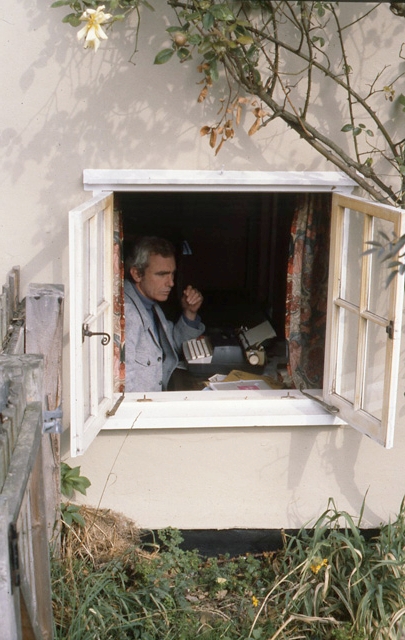Toxic flowers: Randolph Stow's unfused horizons
Keywords:
Randolph Stow, flowers, Baudelaire, Taoism, intertextuality, tablleau, mise en abymeAbstract
In the Preface to his 1982 revision of To The Islands (first published 1958), Randolph Stow describes himself as a 'fanatical realist'. Re-reading Stow's texts suggests that if Stow's realism is 'fanatical', it is so because his writing continually, if unobtrusively, foregrounds language as that which mediates reality. We read the reflexiveness of Stow's texts more readily when we are paying attention to their intertextuality, along with their use of devices such as mise en abyme and cinematic or theatrical tableau, and sign making. One prominent sign in the Stow oeuvre is that of flowers as offerings. Whether presented to God, self or another person, flowers are at best ambiguous gifts, nuanced with various kinds of toxicity. This article discusses two examples. In the first, verbal 'flowers', part of an ancient children's dancing game, are embraced as if they were real by the protagonist of Stow's first novel, A Haunted Land (1956). In the second, from Tourmaline (1963), flowers on the altar of a ruined church correlate with the mysticism of a saint-like Aboriginal woman, Gloria Day; but also with the estranging dominance of the white settler-invader culture. The remainder of the article discusses the 'toxic flowers' of Charles Baudelaire's poem-cycle Les Fleurs du Mal (Flowers of Evil) as the informing intertext of Stow's To The Islands. The article reads intertexts as Gadamerian 'horizons', that are continually revised.Downloads
Published
2010-12-16
Issue
Section
Articles
License
The copyright for articles in this journal is retained by the author(s), with first publication rights granted to the journal. By virtue of their appearance in this open access journal, articles are free to use with proper attribution in educational and other non-commercial sectors.Attribution-NonCommercial-ShareAlike 2.1 Australia
This work is licensed under the Creative Commons Attribution-NonCommercial-ShareAlike 2.1 Australia License. To view a copy of this license, visit http://creativecommons.org/licenses/by-nc-sa/2.1/au/ or send a letter to Creative Commons, 543 Howard Street, 5th Floor, San Francisco, California, 94105, USA.
How to Cite
Toxic flowers: Randolph Stow’s unfused horizons. (2010). Journal of the Association for the Study of Australian Literature, 10. https://openjournals.library.sydney.edu.au/JASAL/article/view/9784

